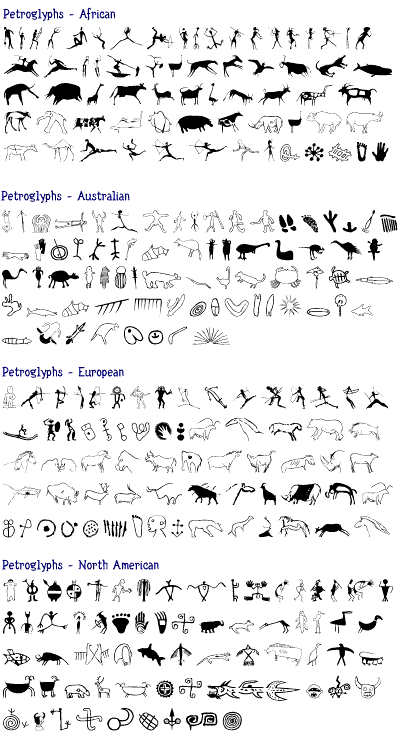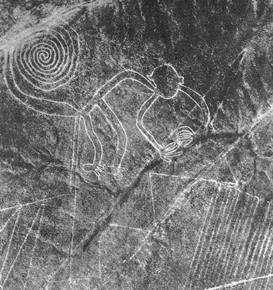An ideogram or ideograph is a graphical symbol that represents an idea. Examples of ideograms include wayfinding signage, such as in airports. Commonly used to describe logographic writing systems such as Egyptian hieroglyphs and Chinese characters.
A logogram, or logograph, is a single grapheme which represents a word or a a meaningful unit of language.
Various ancient cultures all over the world use pictograms since around 9000 BC and they began to develop logographic writing systems based on these pictographic or ideographic symbols around 5000 BC.
Egyptian hieroglyphics and Chinese writing, the characters has their origins in
the pictorial representations.Also Calligraphies, Cuneiforms (ex: The Sumerian scripts as world's earliest systems of writing) were develloped by the help of these pictogrphic and logographic symbols.
 |
| Calligraphie |
.
Pictogram/ Ideogram
The distinction between pictograms and ideograms is essentially a difference in
the relationship between the symbol and the entity it represents. The more
‘picture-like’ forms are pictograms and the more abstract derived forms are
ideograms.
For more information:
http://www.cambridge.org/features/linguistics/yule/downloads/sample_21.pdf
Modern Pictograms
Today also, pictograms are very usefull and they are everywhere.
Pictogram rock posters:







